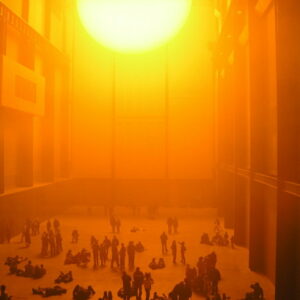A collection of imagery and sources designed to encourage children to consider what role a plinth may play in creating or displaying artwork.
Please note that this page contains links to external websites and has videos from external websites embedded. At the time of creating, AccessArt checked all links to ensure content is appropriate for teachers to access. However external websites and videos are updated and that is beyond our control.
Please let us know if you find a 404 link, or if you feel content is no longer appropriate.
We strongly recommend as part of good teaching practice that teachers watch all videos and visit all websites before sharing with a class. On occasion there may be elements of a video you would prefer not to show to your class and it is the teacher’s responsibility to ensure content is appropriate. Many thanks.
*If you are having issues viewing videos it may be due to your schools firewall or your cookie selection. Please check with your IT department.*
This resource is free to access and is not a part of AccessArt membership.



What Is A Plinth?
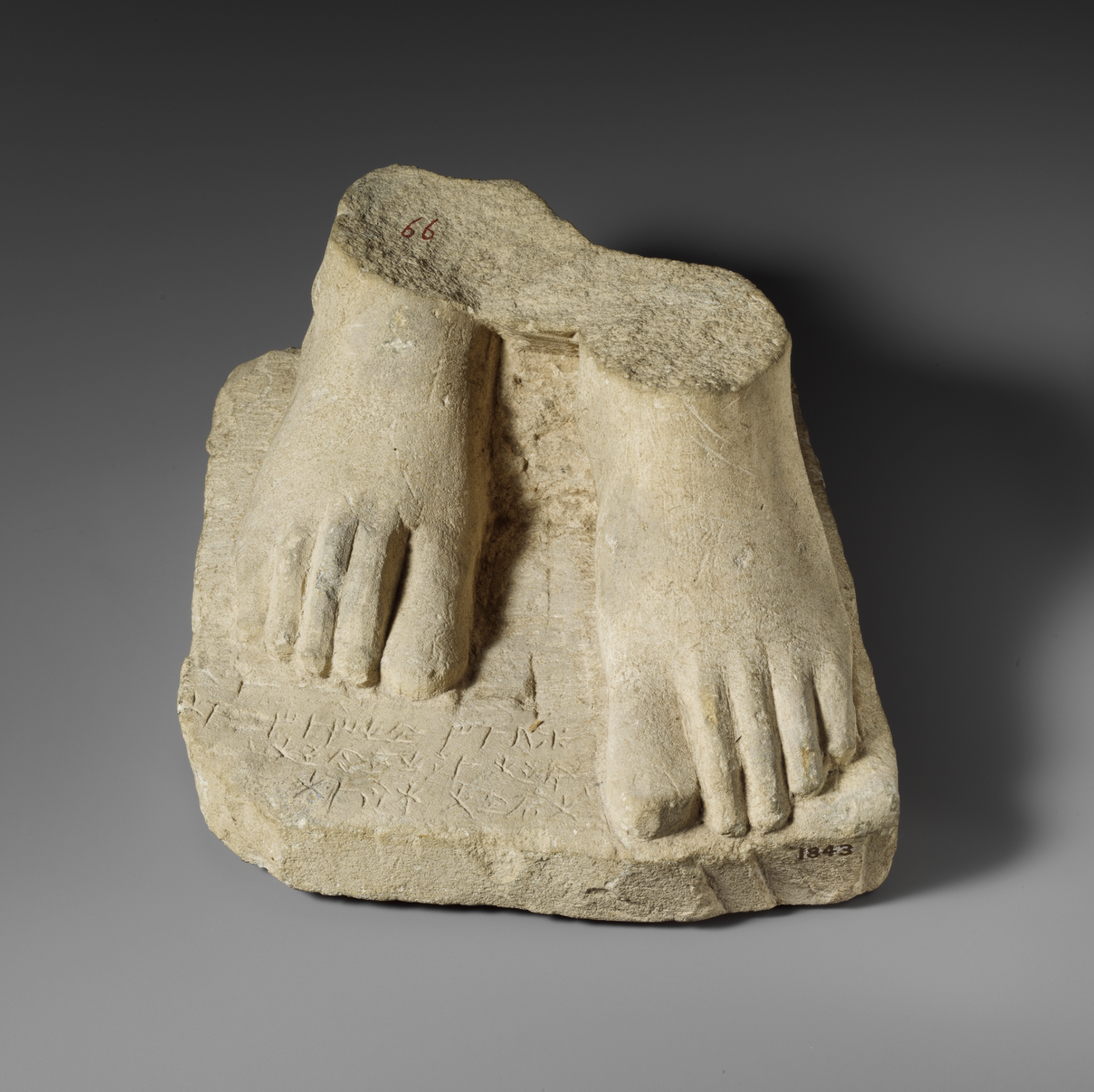
“Limestone plinth with the feet of a male statuette” Licensed under CC0 1.0
In the traditional sculptural sense, plinths are usually heavy boxes or bases made from stone, wood or metal, which raise a sculpture above the ground.
Plinths sometimes protect the sculpture from the elements, such as a sculpture raised out of the way of puddles of rain in the street.
More often, the role of a plinth is to give the sculpture some kind of status. By raising the sculpture to a certain level, the sculptor can decide how the viewer interacts with the artwork.
Plinths also help create a separation between the ordinary everyday world around us and the art “object”.
Seeing an object on a plinth might encourage us to view that object as an artwork – as something special.
Questions to Ask Children
Have you seen any sculpture on a plinth in and around the place where you live?
Why do you think those sculptures are on plinths? How does the way the sculpture is displayed affect how you think about the sculpture?
Imagine two peas. One is on the kitchen floor, but an identical pea is on a plinth in a gallery. How does it change how you think about the pea?
The Fourth Plinth
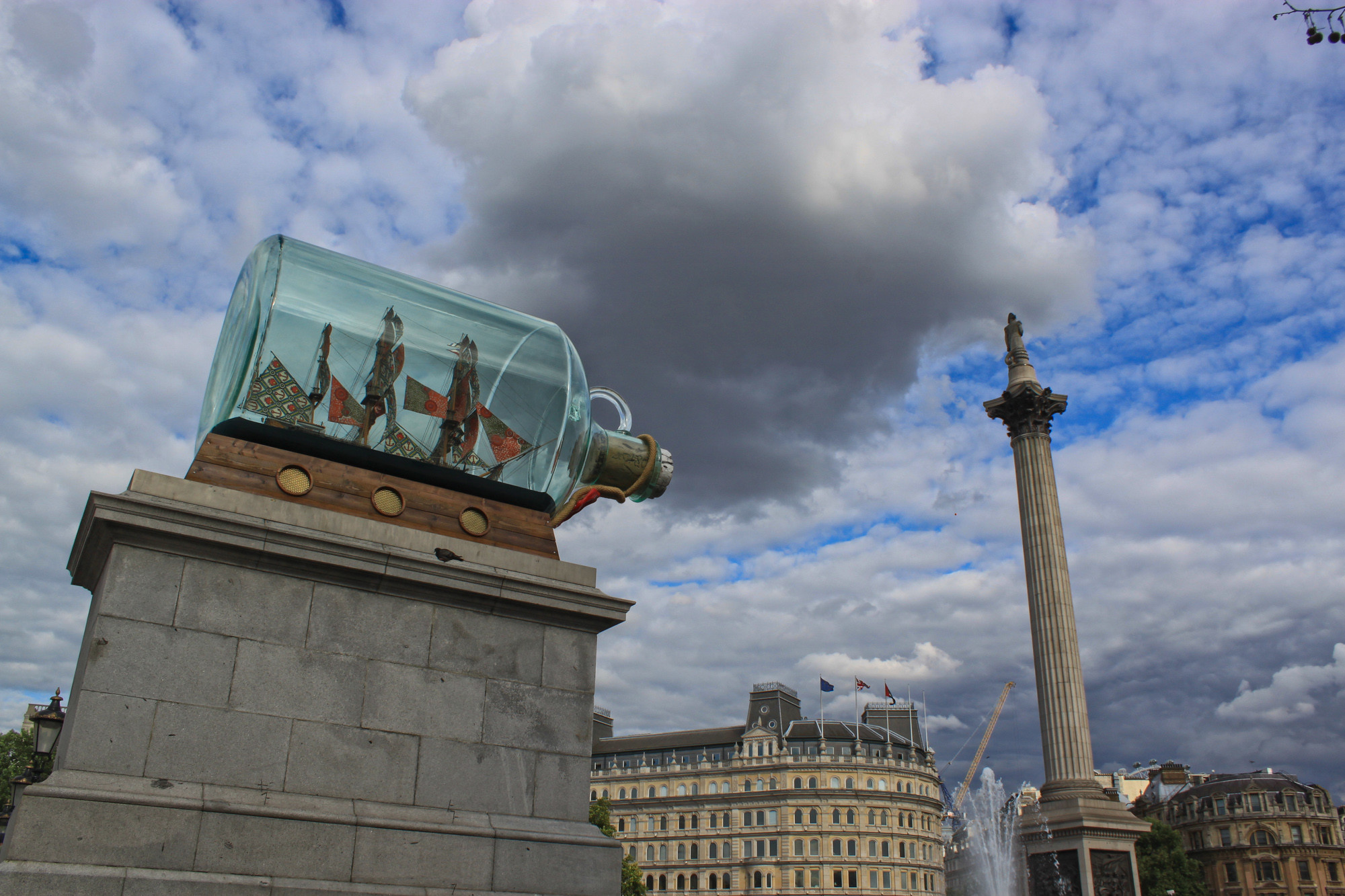
Photo of “Nelson’s Ship in a Bottle,” by Yinka Shonibare, Fourth Plinth, Trafalgar Square, London by Andy Hay
What is The Fourth Plinth?
The Fourth Plinth is considered to be one of the world’s largest ongoing public art commissions. Its main aim is to bring contemporary art to the public and to encourage debate about what art is.
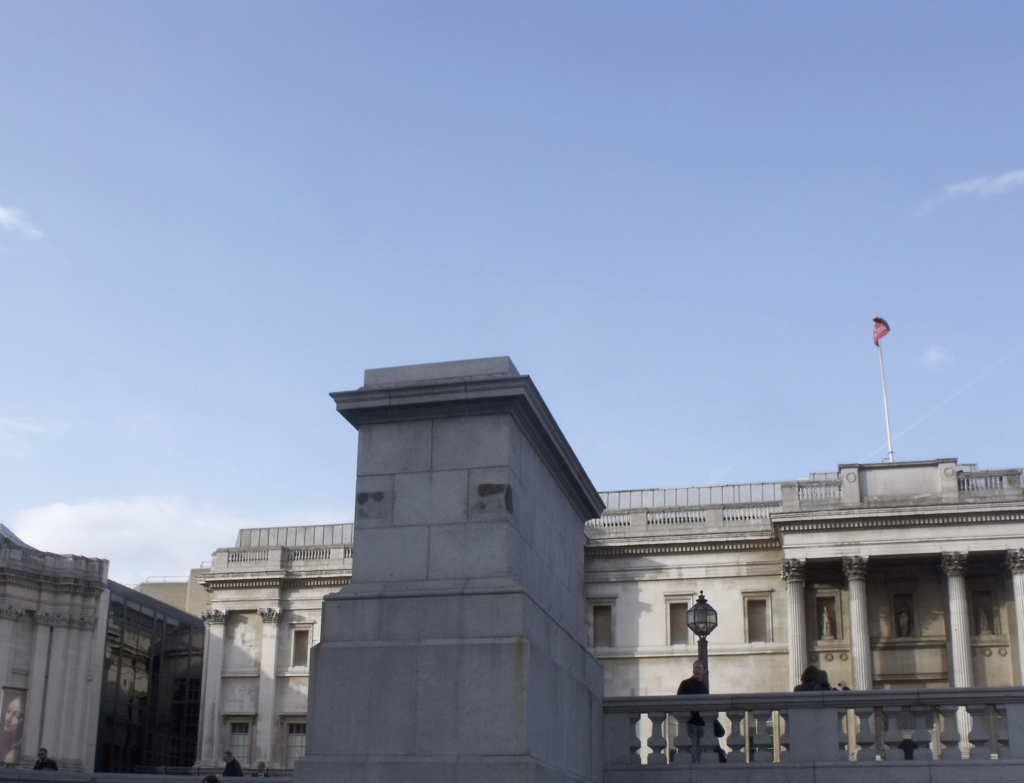
The “fourth plinth” was originally intended to hold a sculpture of a horse belonging to William IV, but the sculpture was never displayed due to lack of money. For over 150 years the plinth remained empty, until in 1998, the Royal Society for the Encouragement of Arts, Manufactures and Commerce (RSA) commissioned three contemporary sculptures to be displayed temporarily on the plinth. The legacy of those three sculptures was a rolling programme called the Fourth Plinth.
Take a look at the Fourth Plinth website to explore some recent commissions and explore the work of one Fourth Plinth artist, Antony Gormley below.
Antony Gormley, The Fourth Plinth
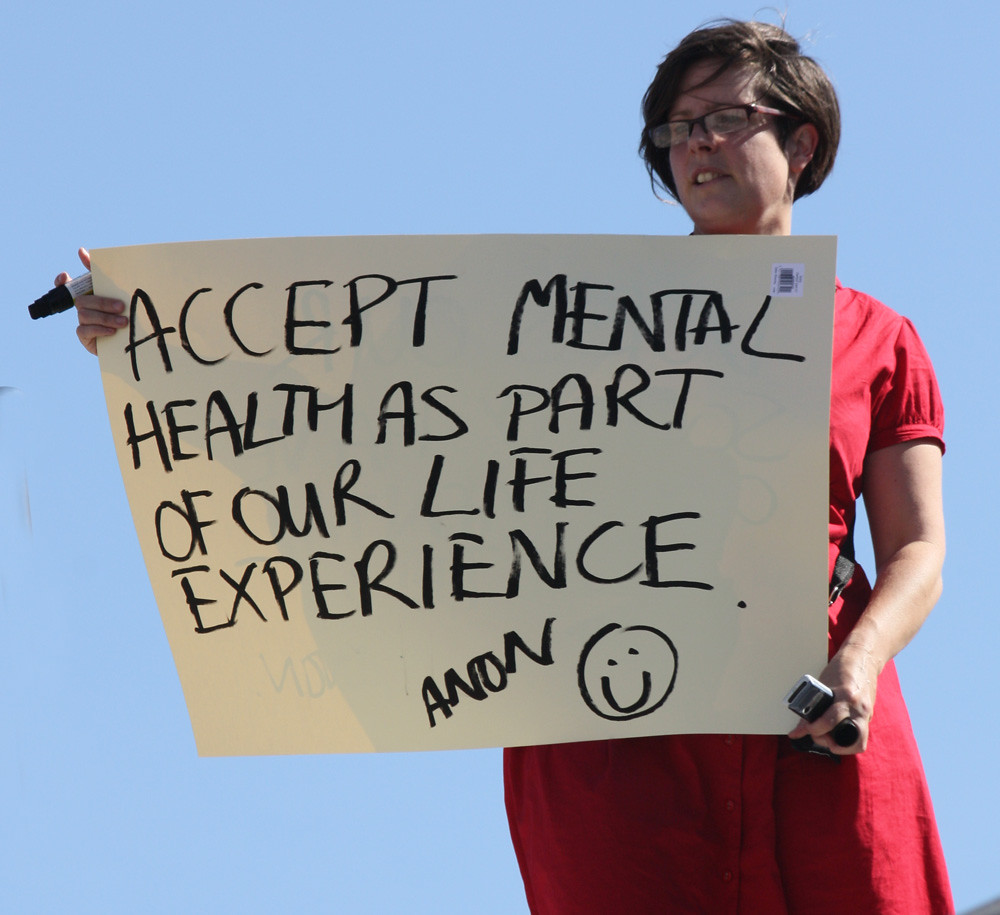
“One and Other” by Antony Gormley, Image by Feggy Art
Whilst Antony Gormley usually makes sculpture out of more traditional materials like steel, he was commissioned as part of the Fourth Plinth to produce a rather different kind of art.
Instead of working in traditional materials, Gormley used the plinth as a focus for creating an artwork which “became a portrait of the UK, now”. For 100 days in 2009, 24 hours a day, Gormley and the team coordinated members of the public to take stage on the plinth for an hour at a time. They could do whatever they liked, using the plinth to give their expression a literal and metaphorical platform.
Through “One & Other”, Gormley hoped that by giving the public free will to express their hopes and fears for what might be, a “portrait of the nation” would be revealed.
Questions to Ask Children
How would you use your time if you were given an hour on the plinth?
The Fourth Plinth Challenge
Can you find a “plinth” at school and coordinate a similar project?
How would children and teachers “apply” for a slot on your plinth?
Who would decide who gets a slot and what would your criteria be?
How long would each slot last?
How would you encourage an audience?
How would you document the event?
This Talking Points Is Used In…
Pathway: The Art of Display
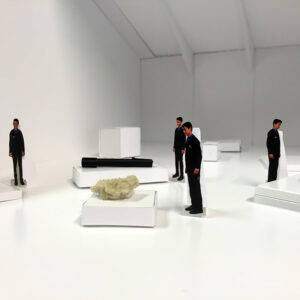
using sketchbooks to make visual notes
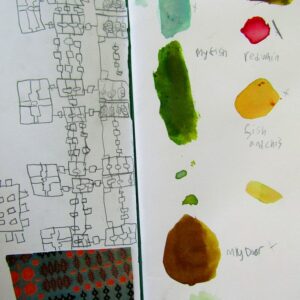
Show me what you see
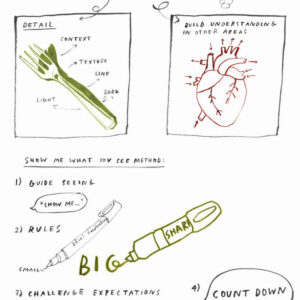
A collection of imagery and sources designed to introduce children to different types of sculpture.
Please note that this page contains links to external websites and has videos from external websites embedded. At the time of creating, AccessArt checked all links to ensure content is appropriate for teachers to access. However external websites and videos are updated and that is beyond our control.
Please let us know if you find a 404 link, or if you feel content is no longer appropriate.
We strongly recommend as part of good teaching practice that teachers watch all videos and visit all websites before sharing with a class. On occasion there may be elements of a video you would prefer not to show to your class and it is the teacher’s responsibility to ensure content is appropriate. Many thanks.
*If you are having issues viewing videos it may be due to your schools firewall or your cookie selection. Please check with your IT department.*
This resource is free to access and is not a part of AccessArt membership.



What is Sculpture?
Interactive Cloud Sculpture by Caitlind r.c. Brown & Wayne Garrett
“Interactive Cloud Sculpture” made of 6000 lightbulbs by Canadian artists Caitlind r.c. Brown & Wayne Garrett
Questions to Ask Children
Describe what you see. Think about the gallery space as well as the sculpture itself.
How would it feel to be in that space, interacting with the sculpture?
What do you think the artists are trying to say through the artwork?
Why do you think two sculptors collaborated on this piece?
How does it make you feel? What does it make you think?
Floating Piers by Christo and Jeanne-Claude
Floating Piers by Christo and Jeanne-Claude, Italy, 2016
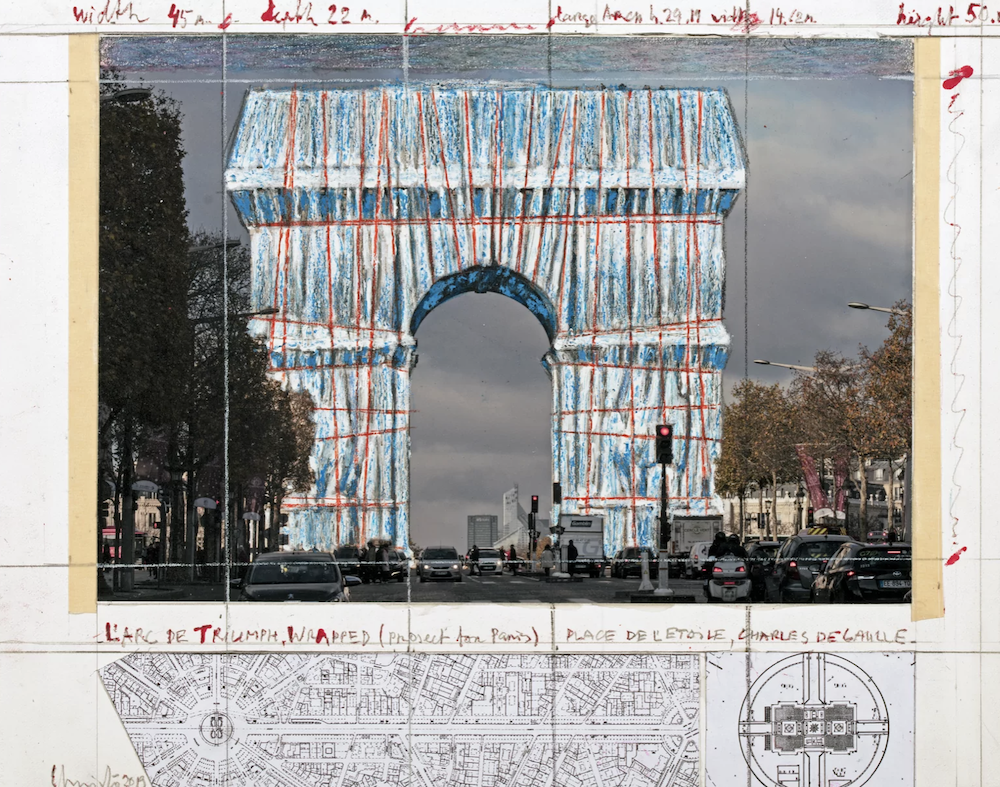
L’Arc De Triomphe Wrapped by Christo and Jeane-Claude, Paris, 1961
Christo and Jeanne-Claude are artists who have become known for wrapping large objects/buildings/environments.
Christo started out wrapping objects like chairs and books, interested in how the wrapping changed the meaning. More recently the large projects, which can take years of planning, are often made just for the purpose of enabling us to look at the world in new ways.
Christo says: “We make beautiful things, unbelievably useless, totally unnecessary.”
Questions to Ask Children
What have the artists done here?
How many people do you think were involved in making this artwork? What jobs did they have to do?
How long do you think this artwork will last? Do you think the artists minded making an artwork which won’t last forever?
How do you think the visitors feel? How would you feel if you were there? What would the yellow bouncy path make you want to do?
How do you think the people felt when they returned to the “normal” landscape around them? Would they have been changed by the artwork?
How do you think it looks from above?
What do you think the artists were trying to say through the artwork?
Dev Harlan
“Parmenides I”, Dev Harlan, 2011
Parmenides I is a light sculpture exhibited at Christopher Henry Gallery, New York.
Questions to Ask Children
What can you see in the video above?
Can you imagine how the artwork is made?
How does it make you feel?
How long do you have to look at the sculpture before it has an affect on you? If you saw a still image of the sculpture would you feel the same way?
Food Sculptures by Nicole Dyer

Food Sculptures by Nicole Dyer
Nicole Dyer makes sculptures inspired by food. See more of their work here “Talking Points:Nicole Dyer“.
Questions to Ask Children
Describe what you see.
How do the sculptures make you feel?
How do you think the artist made the sculptures?
Faith Bebbington
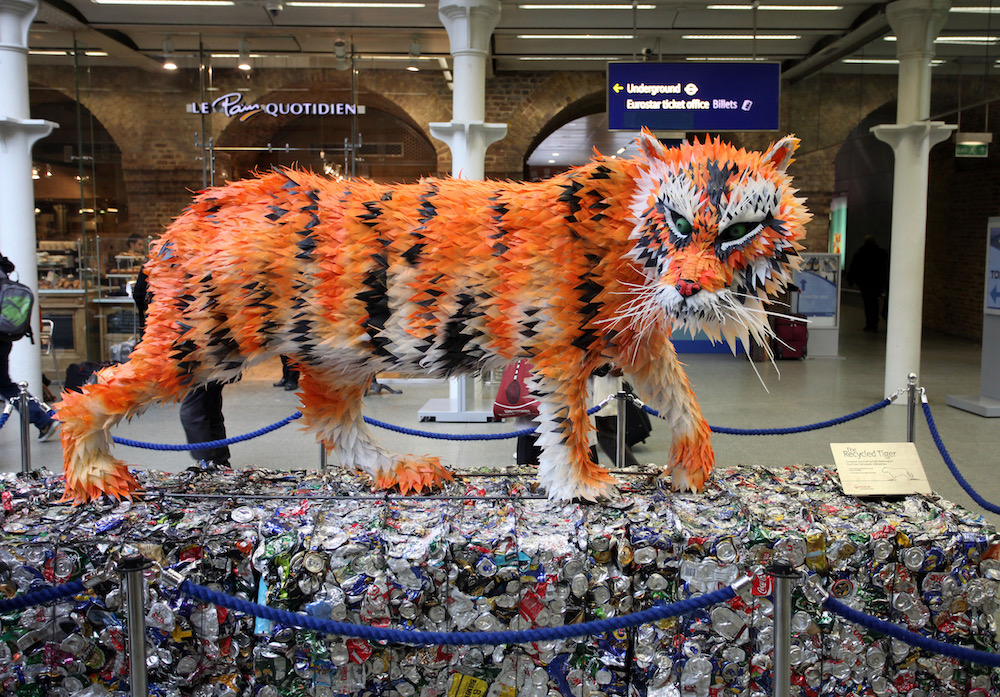
Sculptures by Faith Bebbington
Faith Bebbington is best known for her sustainable practise; her large sculptures utilise lots of waste materials, with her biggest sculpture to date re-using over 2500 deconstructed plastic milk bottles!
Questions to Ask Children
Describe what you see.
How do the sculptures make you feel?
What do you think the artist is trying to say through her work?
What other recycled or waste materials could we use to make sculpture?
This Talking Points Is Used In…
Pathway: Playful Making
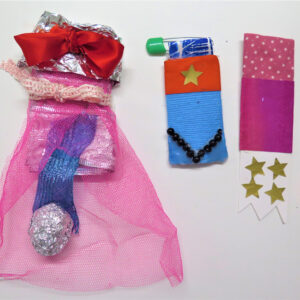
using sketchbooks to make visual notes
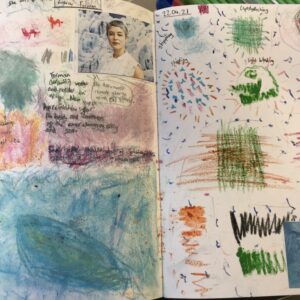
Show me what you see

You May Also Like…
Pathway: Playful Making

Pathway: Making Birds
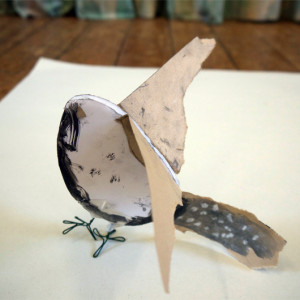
Talking Points: Introduction to Sculpture
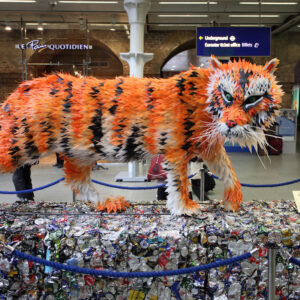
See This Resource Used in a Pathway…
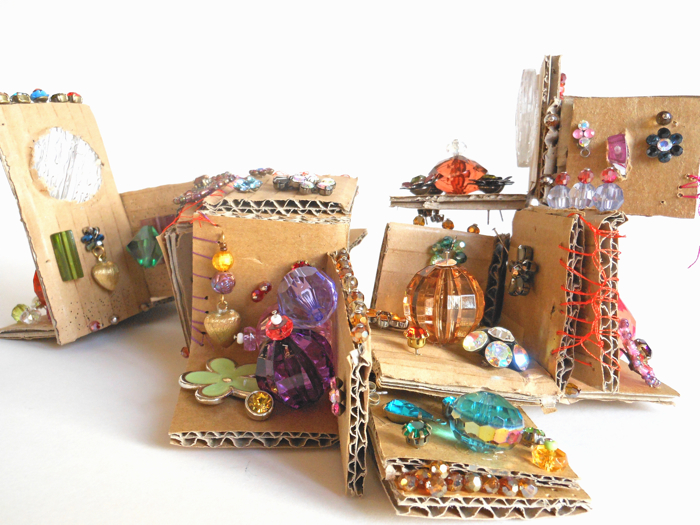
Transforming Materials into Sculpture
This pathway shares how teachers might take inspiration from El Anatsui and encourage pupils to think how they might disassemble objects around them to transform them into sculptural pieces. Read More.
What We Like About This Resource….
“You can get a real sense of the environment in this post and how this could provide so much inspiration for creative projects. We are aware there the challenges to exploring the outdoors when many schools are in towns and cities. A way around this could be to have a regular collection of natural objects within the classroom and using them as a stimulus to respond creatively in sketchbooks or in extended projects” – Andrea, AccessArt
You Might Also Like….
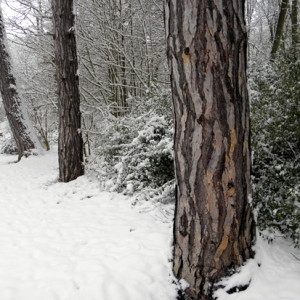
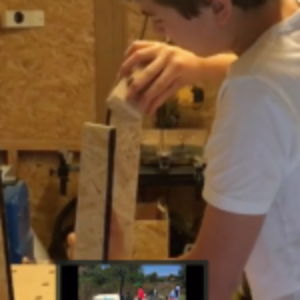
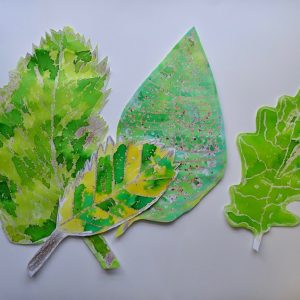
What We Like About This Resource….
“It’s really interesting to hear how Su’s career path evolved organically, and how experimenting with different disciplines such as ceramics and sculpture whilst studying Textiles at the RCA began her journey towards paper craft and books. We really like how the small book sculptures inspired the larger scale set designs for The Snow Queen. They transfer so effectively to the stage and you can imagine how engaging it would be for a young audience to recognise letters and words on lampposts and other scenic elements”. – Rachel, AccessArt
You Might Also Like….
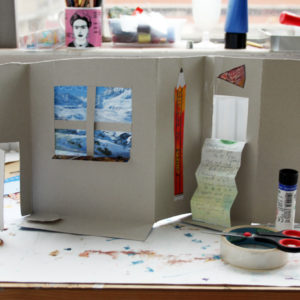
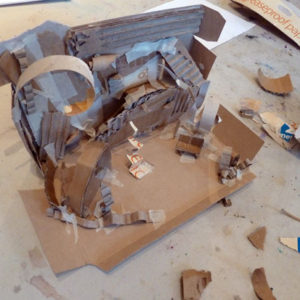
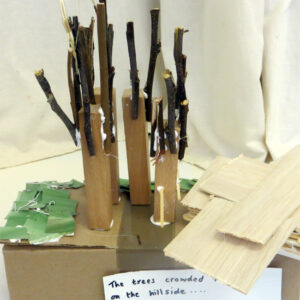
You May Also Like…
Pathway: Exploring Form Through Drawing
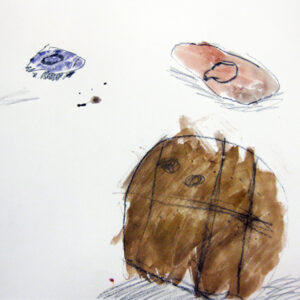
Watercolour Washes Inspired by the Tapestries of Henry Moore
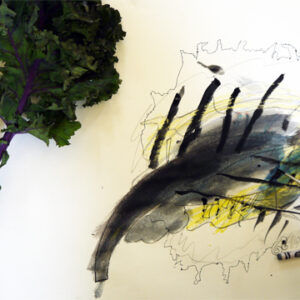
What We Like About This Resource….
“It’s lovely to see a resource that centres on a particular material and the scope it offers. I particularly like how the dogwood is used here to make wooden beads. This idea could be developed further by looking at how wood has been used to make jewelry throughout history and within many different cultures.” – Rachel, AccessArt.
You Might Also Like….
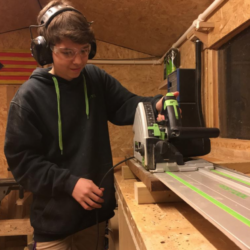
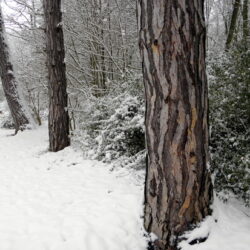
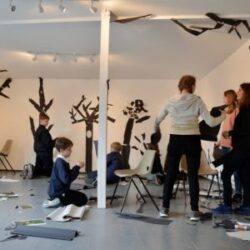
What We Like About This Resource….
“There’s a really fun element to this activity which is you can imagine all children really enjoying! The idea of food on large scale is a great starter for a sculpture project and an early exploration of working in 3D. What’s really positive to see in this project is how the children used their sketchbooks to design their ice creams prior to working in 3D. They then had the opportunity to re visit and refine their ideas as they worked. This provides a sold foundation for the concept of design development and design through making- both of which underpin any visual arts or design project or profession. For more support on how to develop sketchbook practice in your setting please see our Sketchbook Journey” – Rachel, AccessArt
You Might Also Like….
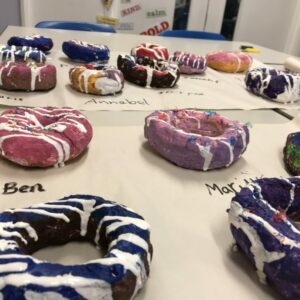
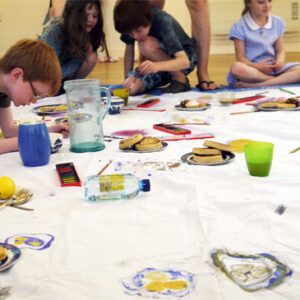
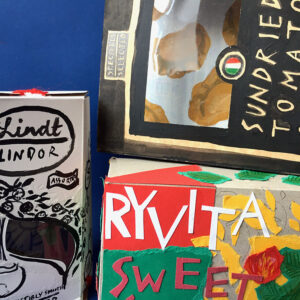
A sculptural challenge encouraging the exploration of colour.


Artwork by Krijn de Koning
Questions for Children
How would it feel to be in the spaces Krijn creates?
How do you think he chooses the colour for each wall? How do you think the shape and size of the wall affects the colour too?
Find more of Krijn’s work here.
Sculptural Challenge!
Use Krijn’s work as your inspiration, think about how you might make a series of colourful walls. You won’t be building a life-size sculptural installation (not today anyway!) but instead you can either make a model or create a piece of 2d artwork which shares your vision. Remember, because you are not creating the artwork then you can really be imaginative and dream!
Here are some clues, but you may have your own ideas too:
Use your sketchbook to “collect” colours that you like. Find them in magazines by cutting swatches out, find them by mixing paints, find them by mixing other materials. Record them, test them, label them, make notes (what colours did you mix?), name them (the names you give them might help you to describe the affect they have on you).
Next think about what the “walls” would be like. What shape? What size? Would they enclose? Would they have holes? Would there be a roof? How do they connect? How would the person get in to the space? How would you want the person to feel? Again, use your sketchbook to plot and plan.
Think too about the location or context you would like your sculptural installation to be in. Would you like it to be in the Antarctic? The jungle? The high street? Again, use your sketchbook.
Think about how you would apply your colours to the walls? Would each wall be one colour? Would you introduce pattern? Images? Again, use your sketchbook.
Finally, either make a model using card, paint, fabric etc to share your vision, or make a 2d artwork.
See This Resource Used In Schools…
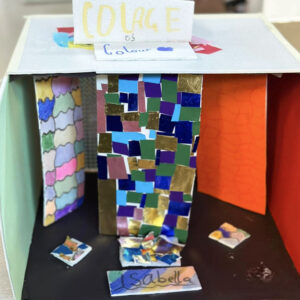
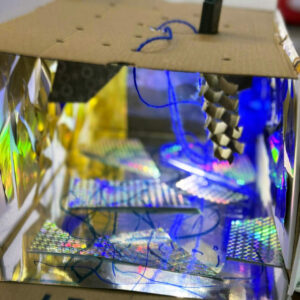
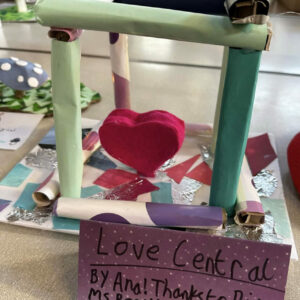
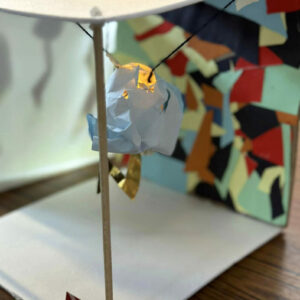
You May Also Like…
Pathway: Brave Colour
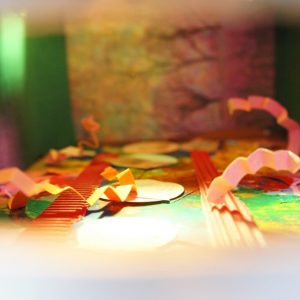
Talking Points: Yinka Ilori
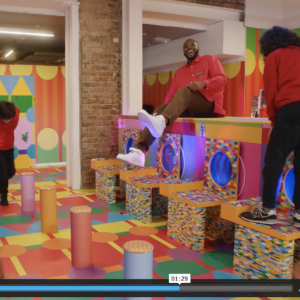
Talking Points: Morag Myerscough
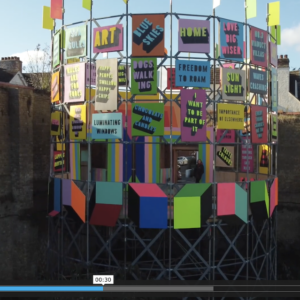
A sculptural challenge to encourage the exploration of colour, light and form.


Questions for Children:
Can you imagine what it would be like to be in a room with the installations in the videos above? How would it make you feel? What do they remind you of?
How do you think the colour affects the mood?
Sculptural Challenge!
Using the artwork in the videos above as your inspiration, think about how you might design a sculptural installation which involves light, form and colour.
You won’t be building a life-size sculptural installation (not today anyway!) but instead you can either make a model or create a piece of 2d artwork which shares your vision. Remember, because you are not creating the artwork then you can really be imaginative and dream!
Here are some clues, but you may have your own ideas too:
Use your sketchbook to “collect” colours that you like. Find them in magazines by cutting swatches out, find them by mixing paints, find them by mixing other materials. Record them, test them, label them, make notes (what colours did you mix?), name them (the names you give them might help you to describe the affect they have on you).
Think about the kinds of forms (shapes) you would like the coloured light to fall on to. Would you like the coloured light to surround a person, or would you like the person to pass near the objects? How would the person enter the space? Would the space be very small or very large? How would you want the person to feel? Again, use your sketchbook to plot and plan.
Think too about the space you would like the coloured light to be in. Would you like it to be a dark space so that the lights show up against the darkness, or would you prefer a light space, so that it feels floaty and ephemeral?
Think about how you would apply your colours to the walls? Would each wall be one colour? Would you introduce pattern? Images? Again, use your sketchbook.
Finally, either make a model using card, paint, fabric etc to share your vision, or make a 2d artwork. If you make a small space, you might like to be inspired by the Mini Art World Resource and use coloured filters and torches to replicate the space.
You May Also Like…
Pathway: Brave Colour

Which Artists: Liz West
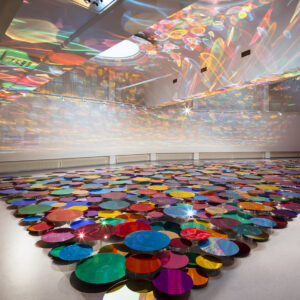
Talking Points: Carnovsky
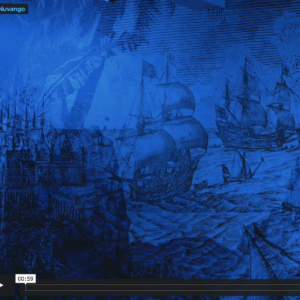
Talking Points: Olafur Eliasson
